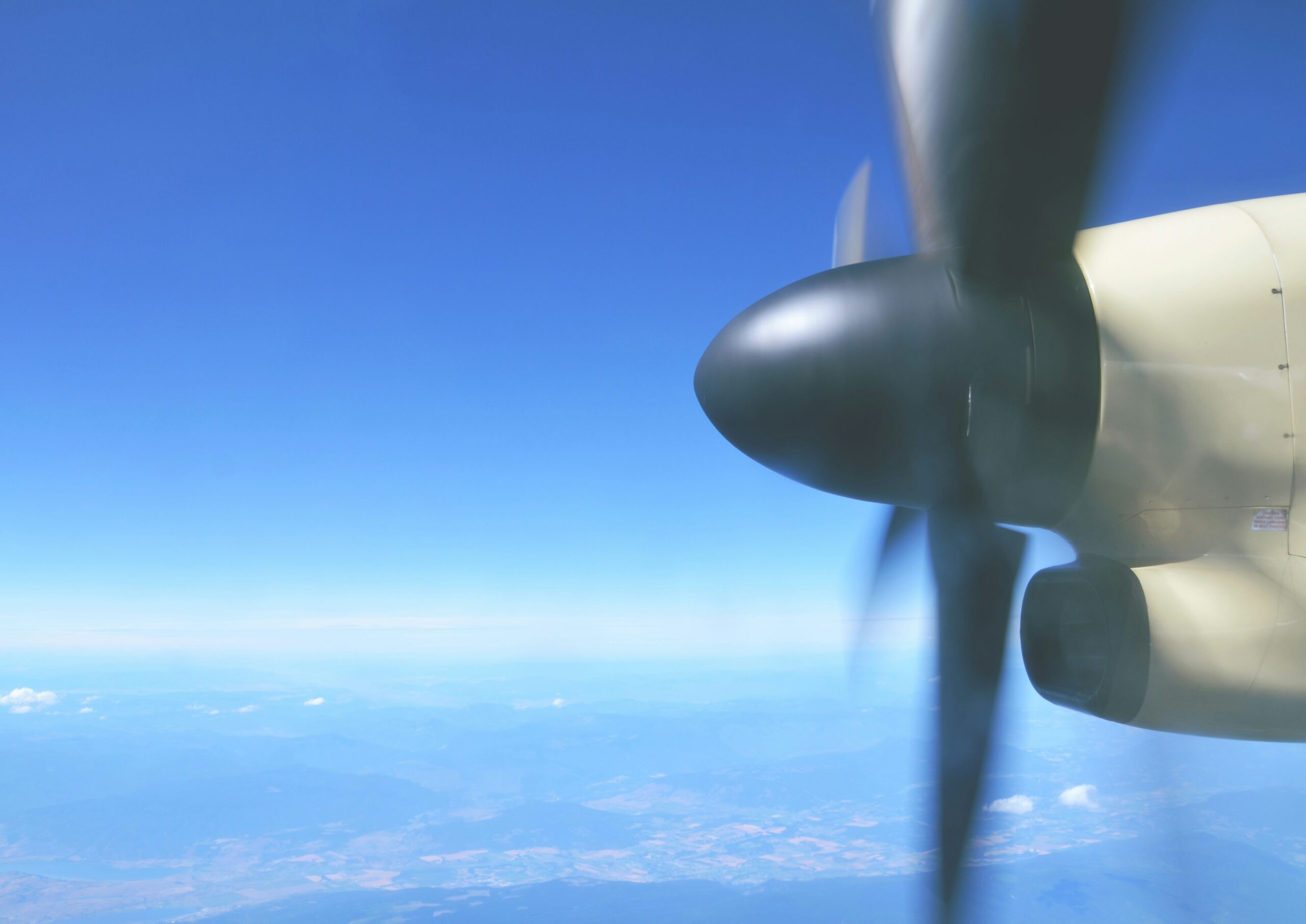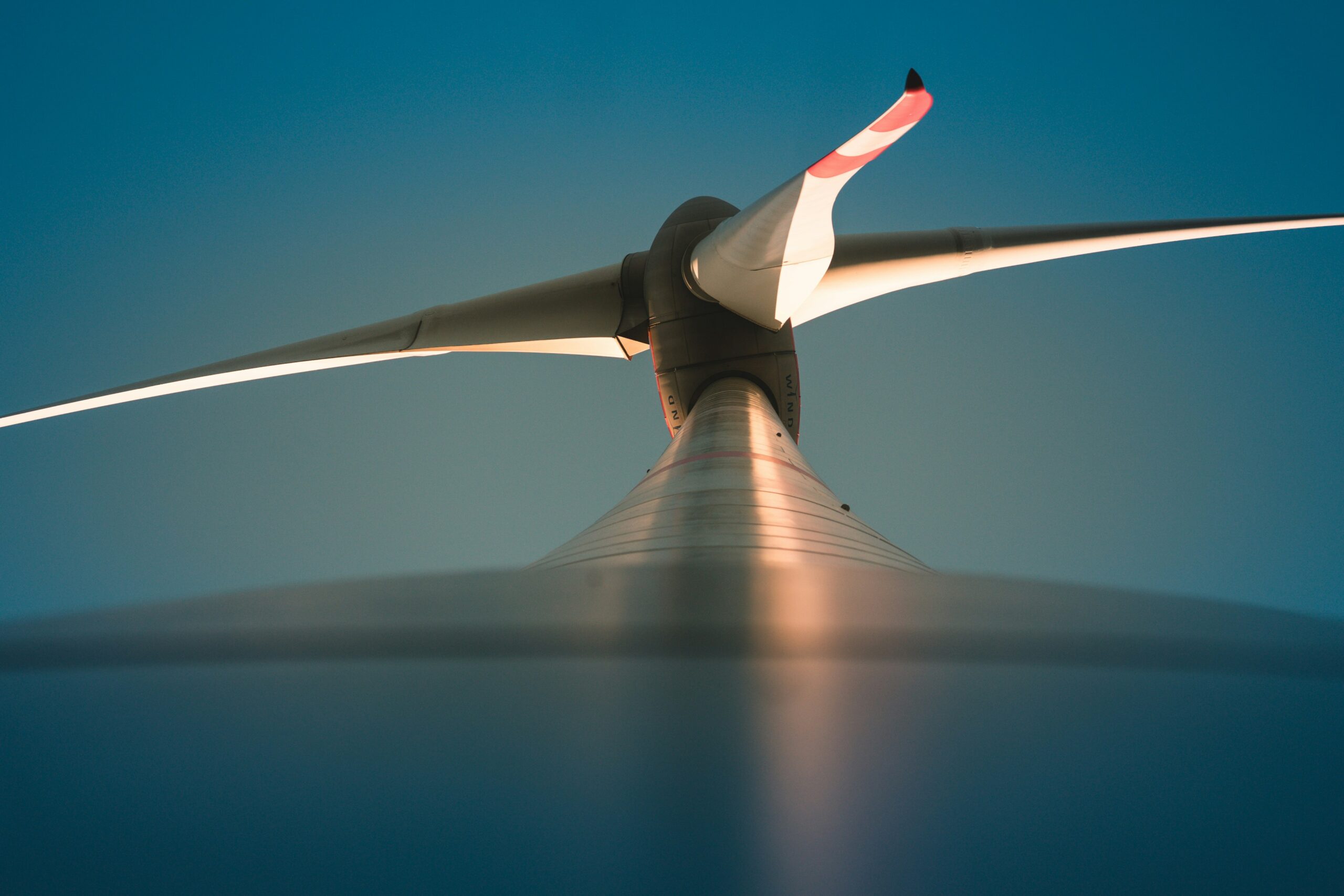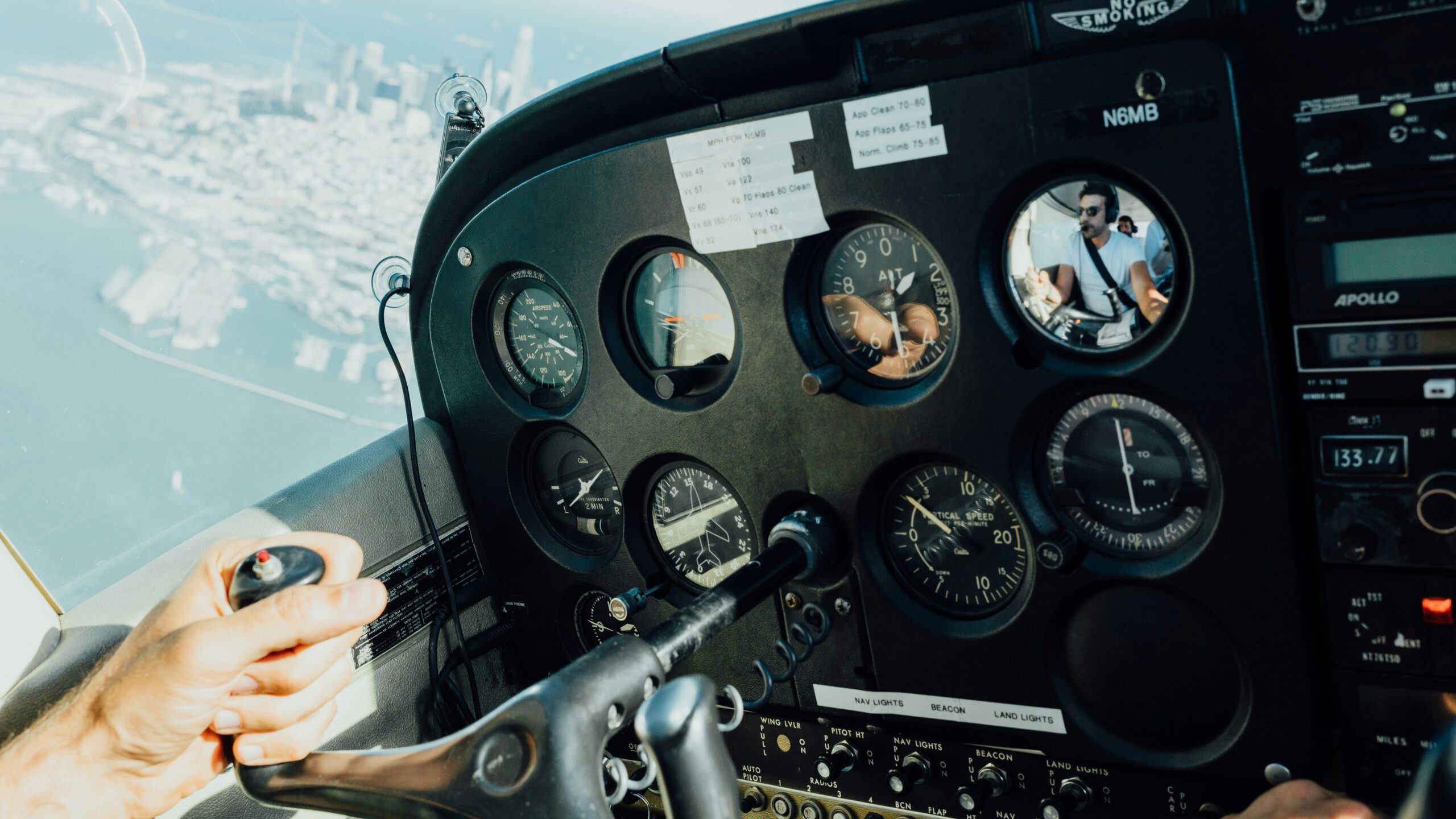Introduction
How a constant speed propeller works can be better understood how a wing generates a boost. Just as a wing produces an elevator to fight weight, a propeller creates the drag to remove. The angle of an attack of the propeller blade plays an important role in determining how much is emphasized. A propeller with a low angle of attack – where the blade is almost vertical in the direction of flight – gives less weight, but can move more easily through the wind.
This allows the engine to achieve high revolutions per minute (rpm) by using equal amounts of power. In aircraft like Piper arrows, the continuous speed propeller automatically adjusts the leaf rise and maintains optimal performance at different stages of the flight. This is ideal for takeoff and climb when we want as many RPM as we can get. A prop with a higher angle of attack will take a bigger bite of air with each rotation, but the added drag will reduce RPM for a given power setting.
This is fine for a cruise where the extra RPM doesn’t get us speed, and so it’s more efficient. Think of the different prop angles like gears on a bicycle or a car, when you’re starting from a stop or going up a big hill, you want a low gear, you’ll pedal faster and have a higher RPM with less speed, while on a flat surface as you speed up, you’ll want a higher gear, more power with fewer RPM.
Fixed pitch propeller like in a Cessna 172 is a compromise between a climb and cruise angle, but on some aircraft like our Piper Arrow, the propeller blade angle can move during flight based on different circumstances because the blade angle can be varied automatically in flight by a governor, the RPM can remain at the same level and so we call this how a constant speed propeller works.
Table of Contents
1. How the Governor Works in a Constant Speed Propeller
How a constant speed propeller works when we understand how the governor works. The propeller rotates due to the power produced by the engine, which replaces a crankshaft – here in blue. In a continuous propeller system, a component called a governor is associated with a crankshaft through a series of gears.
The governor is plane weight, represented as red rods. When the crankshaft rotates, the flyweight governor turns around the assembly. Although there is a stylistic illustration, the air weight is placed in the propeller spinner unit and is similar to the time to come, and swings outwards. These flyweight propellers react to changes in RPM and are important for regulating the leaf rise, which is the main mechanism behind how a constant speed propeller works.
At lower RPM, the weights fall inwards towards the governor, so it’s at 2100 RPM, the weights may look like this. As the propeller speeds up, the flyweights spin faster, causing the weights on the end to swing outwards, so at 2500 RPM, they may look like this. Changes in RPM affect the angle the flyweights rotate at, so if we want a constant propeller speed, we also want a constant angle on those flyweights.
We can set a desired flyweight angle and thus a desired propeller RPM by keeping tension on the flyweight through a spring mechanism. This is connected to a control in the cockpit, the propeller control, typically a blue handle to the right of the throttle. So if we move that handle all the way forward, in other words, away from our position in the cockpit, the propeller control moves a threaded shaft attached to the spring, putting more tension on it and changing the angle of the flyweights.
2. Oil Pressure and Blade Angle Adjustments
Now, here’s what happens if the propeller RPM starts to change. Let’s say we pitch down and it wants to go faster due to the blade taking a smaller bite of air, the flyweights will start to swing outwards with the faster RPM, pulling up on the bottom of the spring. What we haven’t seen yet is that the bottom of the spring is attached to a pilot valve, which is part of the larger oil system in the engine.
The system has fed high-pressure oil from the pump in the engine, and used oil is returned to the oil filter and sump. Part of this pressurized oil can be directed to the propeller assembly, where the oil can apply pressure to a spring that, when moved, changes the blade angle. So what happens is when those flyweights swing outward, it opens up this pilot valve, allowing oil to press in more on that spring at the propeller.
This action pushes the blade outward, increasing the angle with the incoming air. As a result, the propeller slows down so RPM can return to its original setting. When this happens, the plane’s weight returns to its original position, causing the pilot valve to close again. In the aircraft, the entire process occurs almost immediately, keeping the air weight in balance and maintaining a stable speed.
This self-regulation behavior is at the heart of how a constant speed propeller works to adjust the leaf rise to keep the motor speed stable automatically, regardless of aircraft conditions or changes in the power settings.
3. Throttle and Propeller Control Interactions
If we pitch back up, the governor will maintain RPM by decreasing the propeller blade angle. Of course, pitching up and down isn’t the only way the propeller blades can be made to change their speed. In our Cessna 172 fixed pitch propeller, when we push the throttle in, we’re increasing power.
The increased power makes the crankshaft and so the propeller spin faster; we see an increase in RPM with an increase in throttle. In our constant-speed propeller Bonanza, though, if we move the throttle forward, we don’t see the same increase in RPM. Notice, though, that there is a gauge for power changes, which is the manifold pressure gauge.
This measurement motor measures the pressure of a mixture of fuel-HWA to be transported to the cylinder-out pressure means more power. In a continuous unit of movement, we manage both power and weight using two different controls: blue propagation, which adjusts the leaf rise (and therefore the RPM), and the gas handle, usually located to the left of the black and suggestions, which adjust the power of the engine.
To monitor these settings, we both use a pressure gauge and a tachometer (for RPM). Currently, our power settings are 2300 rpm and 24 inches of diverse pressure. This “empty of mercury” unit is the same one used to put the ultimate – it is just a measure of print.
Understanding this relationship is important to understand how a constant speed propeller works, as it separates the engine’s power control from the correct speed control for more efficiency and performance.
4. Maintaining Equilibrium in Various Flight Conditions
How a Constant Speed Propeller Works becomes clear while we look at what occurs in the course of a throttle reduction. Let’s convey the throttle again to lessen energy; the manifold pressure will come back to 21 inches.
With much less energy, the propeller might not be able to spin as fast except the blade angle is reduced. Here’s how that’ll paintings: as the propeller starts off to gradually slow down and the flyweights near inward, the pilot valve opens once more, this time causing oil to drift from the propeller assembly again to the engine, oil to clear out, and the sump.
Relieving oil pressure from the propeller causes it to fall back to a low pitch angle, allowing its speed to increase again. The speed increases, swings the flyweights back out, causing the pilot valve to close again, and we’re back at equilibrium. And again, this whole process happened instantaneously, so that the only effect of the throttle reduction is a decrease in manifold pressure and a decrease in the propeller blade angle.
5. Setting Desired RPM with the Prop Control
By now, you can figure out that we can adjust our desired RPM with the blue propeller control. By moving it forward, we’re selecting a higher RPM. Instantaneously, the extra pressure on the prop governor opens the pilot valve, pushing oil out of the propeller assembly, easing the pressure on it and allowing the blade angle to reduce and the RPM to increase. Right now we’re at 2500 RPM and 21 inches of pressure.
This is a relatively low power setting with a very low propeller blade angle. To achieve this, there isn’t much oil pressure needed to push on that spring in the propeller assembly, so there’s not much stress on the system.
How a Constant Speed Propeller Works is evident in this balance—this is considered safe when the prop is “on top,” so to speak, meaning the prop setting is high compared to the throttle setting.
6. Engine Stress and System Dependability
When we get into How a constant speed propeller works , we’ll talk specifically about what to look for. But as a general rule, we want to avoid the opposite, where we have a high power setting requiring more oil pressure and blade angle to maintain RPM, and then a low RPM setting which requires an even bigger bite of air for the propeller to slow down.
Now there’s a lot of tension on that spring, and more importantly, the propeller is doing a whole lot of work to move through the air at such a high angle with a great deal of engine power driving it, so that the prop can become overstressed.
For this reason, aircraft will often be placarded with a warning not to run below a certain RPM when at cruise power settings. How a Constant Speed Propeller Works becomes critical to understand here, as the whole system is dependent on oil pressure to function. The oil system runs on the engine-driven pump; if there’s a loss of oil pressure, this will affect the propeller system, but it’s also of grave concern to the engine operation.
7. Emergency Behavior and Feathering
How a Constant Speed Propeller Works is especially important to understand in emergency scenarios. With a loss of oil pressure or a complete loss of engine power, the lack of pressure on the propeller relieves the tension on the spring and brings the blade angle to full forward, meaning its lowest angle.
This isn’t always the case. Many aircraft have the oil flow we’ve illustrated completely reversed, where oil pressure pushes the blade inwards, and so with a loss of pressure, it goes instead to a very high blade angle, what’s known as feathering the prop. This is useful in a multi-engine plane where we’d want to reduce the drag on flight of a lost engine on one side, but in our single-engine training, we’ll focus on the prop failing to a full forward condition.
8. Final Thoughts and Course Promotion
How a constant speed propeller works in different phases of flight using suggested settings and proper procedures for maximum efficiency. For now, here’s a look at one of the benefits of the constant speed prop. Here in our fixed pitch Cessna, pitching up and down affects our RPM even without our changing the throttle setting. In our constant-speed Piper Arrow, though, these pitch settings do not affect RPM as the prop governor works to change the blade angle to maintain a constant speed, great for engine longevity and ease of flight. Take your flying to the next level and get ready for your commercial check ride on maneuvers, complex operations, regulations, and everything you’ll find in the commercial curriculum.
1. How does a constant speed propeller maintain RPM?
A constant speed propeller uses a governor system with flyweights that automatically adjust the blade angle. When RPM changes, the flyweights move, opening a pilot valve that controls oil pressure to the propeller hub, which in turn adjusts the blade pitch to maintain the selected RPM.
2. What is the difference between throttle and propeller control in a constant speed system?
In a constant speed propeller system, the throttle (usually black) controls engine power (measured by manifold pressure), while the propeller control (usually blue) controls the RPM by adjusting the blade angle. This separates power management from speed control for better efficiency.
3. Why is understanding constant speed propellers important for pilots?
Understanding how constant speed propellers work helps pilots optimize engine performance, manage fuel efficiency, reduce engine wear, and handle emergency situations like oil pressure loss.


